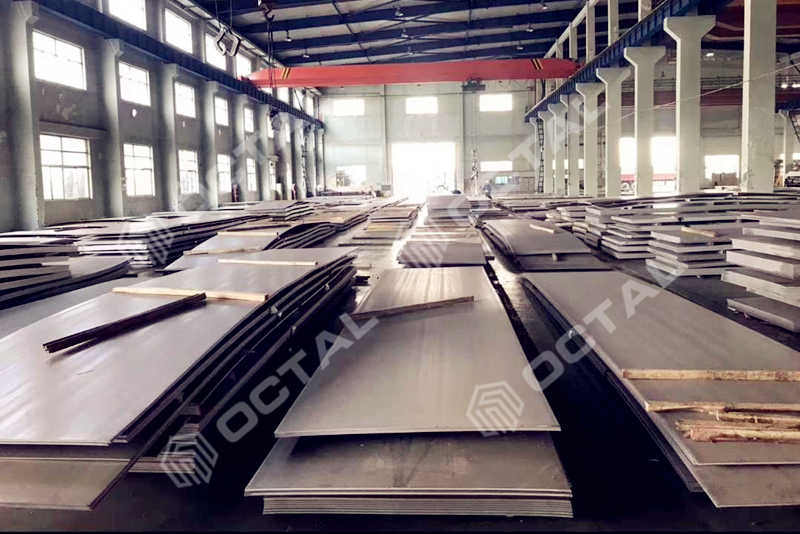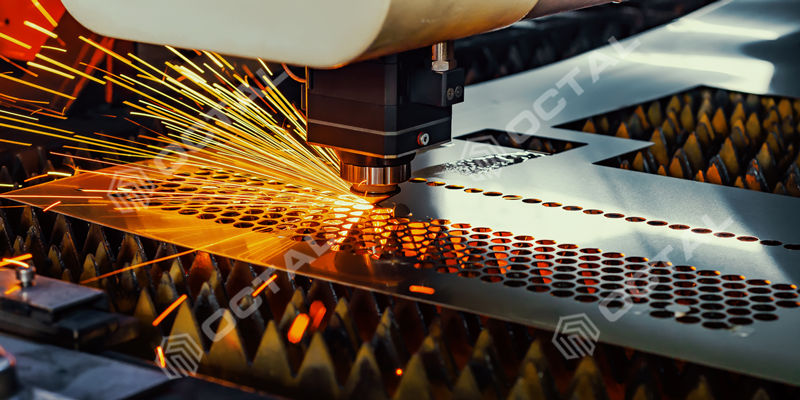304 stainless steel plate is a type of austenitic stainless steel known for its excellent corrosion resistance, high strength, and good formability. It is one of the most commonly used stainless steel alloys and is classified under the American Iron and Steel Institute (AISI) designation of 304. They are a relatively low cost stainless (compared to 316/316L stainless). Referred standards ASTM A-240, ASME SA -240.
Key Features:
- Composition: Typically contains approximately 18% chromium and 8% nickel, which contribute to its corrosion resistance and overall durability.
- Corrosion Resistance: Resistant to a wide range of chemicals and environments, making it suitable for various applications.
- Mechanical Properties: Offers good tensile strength and workability, allowing it to be easily formed and shaped for different uses.
- Standards: It adheres to several standards, including ASTM A-240 and ASME SA-240, which specify requirements for plates, sheets, and strips of stainless steel.
- Good corrosion resistance than other steel in variety of different media
- Excellent low temperature performances
- Good welding characteristics
- Post weld annealing is not normally required
- Heat resistant performances
- Hot workability such as punching or bending
- No heat treatment hardening phenomenon (non-magnetic, use temperature -196 ℃ ~ 800 ℃)
Applications:
- Energy and Heavy Indsutries - Oil and Gas, Electrical steel (Silicon Steel), Solar Board.
- Power Plant.
- Heat Exchangers, Boilers
- Chemical Storage Vessels
- Automotive and Transportation
- Architectural and Construction
- Marine Building
- Medical Equipment
- Food Machine Manufacturing, Food and Catering
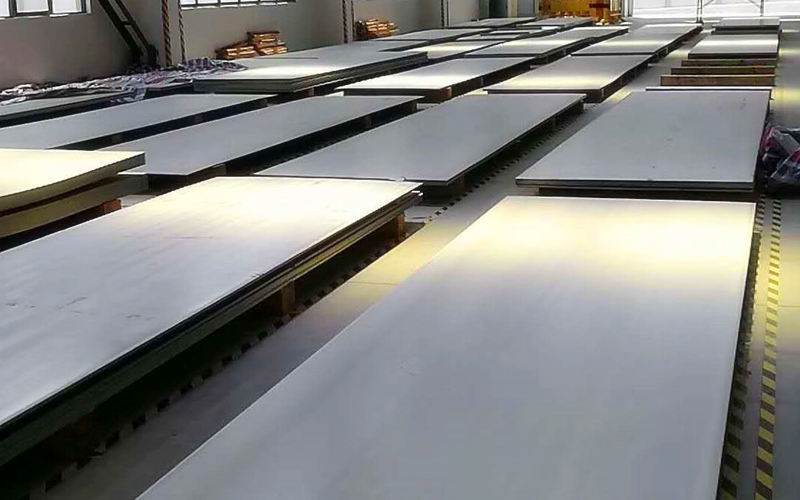
304 and 304L Stainless Steel Plate and Sheet Type
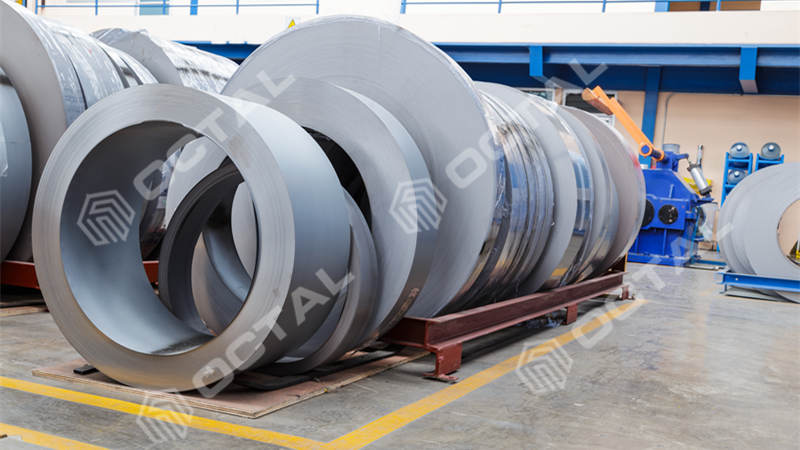
Stainless Steel Coil Type
304 Stainless Steel Sheet Plate Properties:
Chemical Composition 304 vs 316 stainless steel
Elements (%) | 304 (S30400) | 304L (S30403) | 316 (S31600) | 316L (S31603) |
|---|---|---|---|---|
Carbon, Max | 0.07 | 0.030 | 0.08 | 0.030 |
Manganese, Max | 2.00 | 2.00 | 2.00 | 2.00 |
Phosphorus, Max | 0.045 | 0.045 | 0.045 | 0.045 |
Sulphur, Max | 0.030 | 0.030 | 0.030 | 0.030 |
Silicon, Max | 0.75 | 0.75 | 0.75 | 0.75 |
Chromium | 17.5-19.5 | 17.5-19.5 | 16.0-18.0 | 16.0-18.0 |
Nickel | 8.0-10.5 | 8.0-12.0 | 10.0-14.0 | 10.0-14.0 |
Mo | ... | ... | 2.00-3.00 | 2.00-3.00 |
Nitrogen | 0.10 | 0.10 | 0.10 | ... |
Mechanical Properties 304 vs 316 stainless steel
These values are applicable for thicknesses of 1.5 inches (38 mm) or less. For thicknesses greater than 38 mm, the tensile strength and yield strength of 304 stainless steel are equivalent to those of 316 stainless steel, while 304L matches 316L. However, the hardness levels differ between the two materials.
Mechanical Properties | 304 (S30400) | 304L (S30403) | 316 (S31600) | 304L (S30403) |
|---|---|---|---|---|
Tensile Strength Min | 75 Ksi [515 Mpa] | 70 Ksi [485 Mpa] | 75 Ksi [515 Mpa] | 70 Ksi [485 Mpa] |
Yield Strength Min 0.2% offset | 30 Ksi [205 Mpa] | 25 Ksi [170 Mpa] | 30 Ksi [205 Mpa] | 25 Ksi [170 Mpa] |
Yield Strength Min 1% offset | 36 Ksi [250 Mpa] | 35 Ksi [240 Mpa] | 38 Ksi [260 Mpa] | 38 Ksi [260 Mpa] |
Elongation Min | 40% | 40% | 40% | 40% |
Hardness Max | 92 HRB | 92 HRB | 95 HRB | 95 HRB |
Difference between 304/304L and 316/316L Stainless Steel Plates
Both grades are austenitic stainless steels, recognized for being among the most widely used and versatile types of steel. While 304/304L stainless steel plates and sheets offer excellent corrosion resistance, 316/316L plates contain a higher nickel content, which enhances their corrosion resistance further, particularly in marine applications.
316/316L Stainless Contains Mo Provides better Resistance to High Temperature
According to its chemical composition, 316 stainless steel contains the element molybdenum (Mo), which contributes to the superior corrosion resistance of 316/316L compared to 304/304L, particularly in high-temperature conditions. As a result, engineers often select 316 material for high-temperature environments. However, it is advised not to use 316/316L in high-temperature settings where sulfuric acid is present, as molybdenum can react with sulfate ions to form sulfides.
321 Stainless Steel
Type 321 stainless steel plates are an excellent option for applications involving elevated temperatures. They can be utilized in environments up to 900°C, whereas 304L is typically suitable for use up to 500°C.
What is stainless steel plate?
Stainless steel plate encompasses both stainless steel and acid-resistant steel, available in forms such as plates, coils, and sheets. Commonly used grades include 304/304L, 316/316L, and 321, among others.
Stainless steel has been developed for over 90 years, originating in the early part of the 20th century.
Why and How Stainless Steel Plates Resistant to Corrosion
The corrosion resistance of stainless steel is primarily influenced by its alloy composition, including elements such as chromium, nickel, titanium, silicon, and aluminum. Chromium (Cr) plays a crucial role in this process due to its high chemical stability, which allows it to form a passivation film on the steel surface. This film serves to isolate the metal from external elements, thereby protecting the steel plate from oxidation and enhancing its corrosion resistance. However, if the passivation film is compromised, the corrosion resistance of the steel plate diminishes.
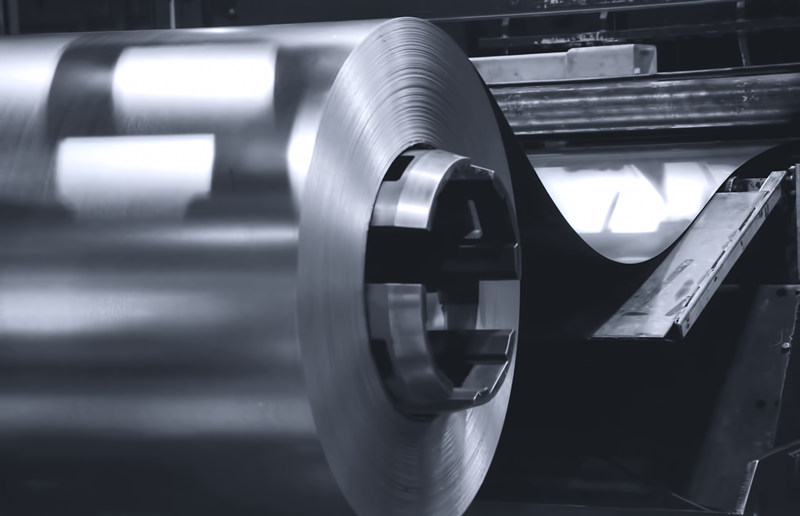
Major Performance of Stainless Steel Plate, Sheet and Coil
Corrosion Resistance
The stainless steel sheet exhibits resistance to general corrosion similar to that of unstable nichrome 304. Prolonged exposure to temperatures within the chromium carbide range can impact the performance of alloys 321 and 347 when exposed to harsh corrosive environments. These alloys are primarily utilized in high-temperature applications, where it is crucial to maintain strong sensitization to prevent intergranular corrosion at lower temperatures.
High Temperature Oxidation Resistance
Stainless steel plates possess excellent resistance to high-temperature oxidation; however, the oxidation rate can be influenced by inherent factors such as the surrounding environment and the morphology of the product.
Preservative
The corrosion resistance of stainless steel plates is primarily determined by their alloy composition, which includes elements such as chromium, nickel, titanium, silicon, aluminum, and manganese. Chromium plays a crucial role due to its high chemical stability, allowing it to form a passivation film on the steel surface. This film isolates the metal from the external environment, protecting the steel plate from oxidation and enhancing its corrosion resistance. However, if the passivation film is compromised, the corrosion resistance is diminished.
Manufacturing Methods
Hot rolling and cold rolling are the two main types of processes used based on the required thickness. Thin cold plates typically have a thickness ranging from 0.02 to 4 mm, while medium plates have a thickness ranging from 4.5 to 100 mm.
Heat Treatment Shall be Performed
To ensure that the mechanical properties of various stainless steel plates, including yield strength, tensile strength, elongation, and hardness, meet the specified requirements, the steel plates must undergo heat treatments such as annealing, solution treatment, and aging treatment prior to delivery.
Weight of 304 Stainless Steel Plate
To calculate the weight of a 304 stainless steel plate in kilograms, use the following formula: length (m) x width (m) x thickness (mm) x 7.93.
Our Supply Range
Standard: ASTM A240, ASME-SA240
Thickness Range: 0.02mm - 4mm, 4.5mm - 100mm.
Width Range: 900mm - 2400 mm
Length Range: 3000mm - 12000 mm, stainless steel coils
Surface Treatment: Natural, 2B, Mirror
Steel Cutting Services: Laser Cut Stainless Steel, Waterjet cutting , Plasma Cutting Services.

